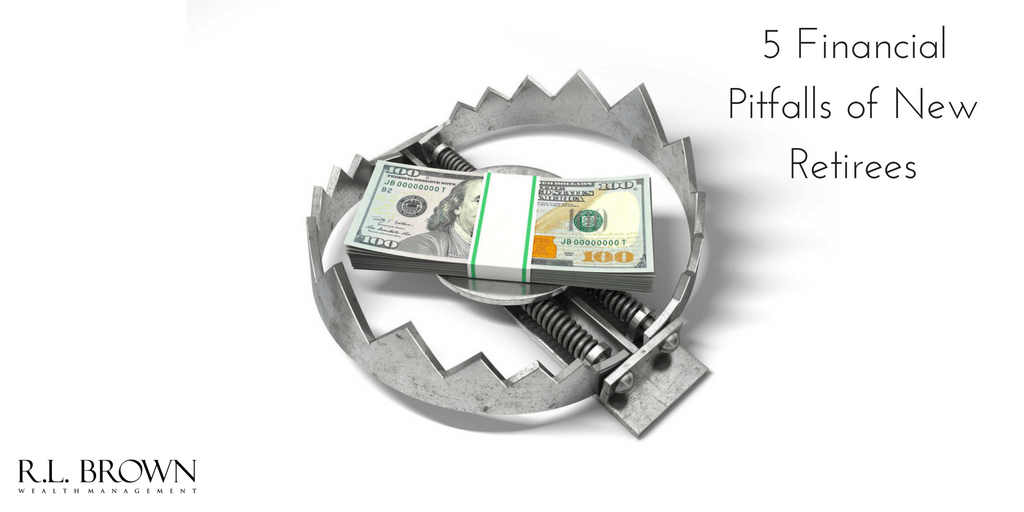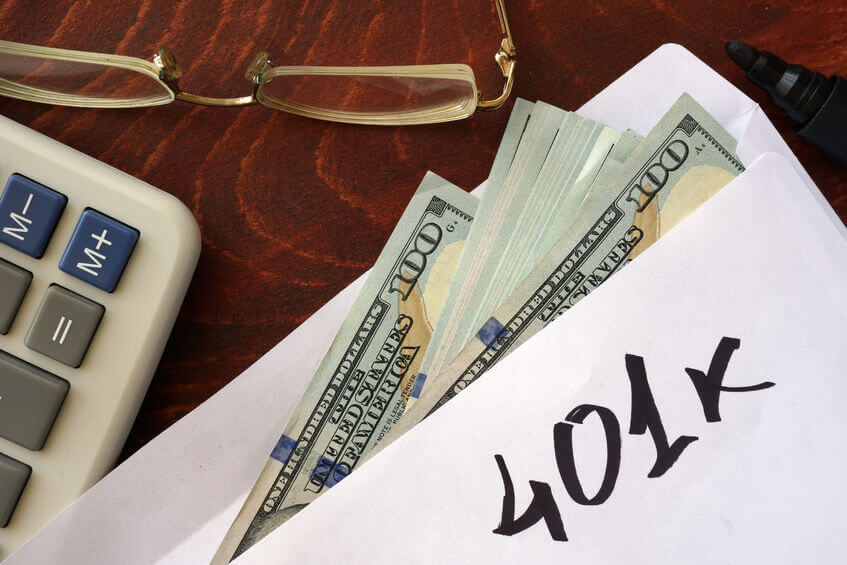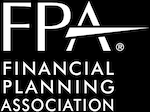When you retire, you will most likely have several different investment accounts to sustain you through your golden years.
But how do you minimize taxes during retirement so you’re not paying more than necessary? It all boils down to the following strategies: increasing your after tax wealth, and drawing from your highest taxable assets last. Following is a breakdown of each concept:
Increase after tax wealth
If you do your work on the front end and pay taxes while you’re younger and in a lower income bracket, you could end up saving yourself a bundle in the end.
Consider investing in a Roth IRA or Roth 401(k) in lieu of a traditional IRA or 401(k). This may initially seem like a negative option to some since contributions to these accounts are not tax-deductible. But in the long-run, this retirement investing method can be extremely beneficial.
Let me explain. Unlike traditional IRA and 401(k) accounts, withdrawals from a Roth IRA are tax free (as long as the withdrawals are considered qualified). So after you initially pay taxes on your contributions, you’ll never have to pay them again. As a result, your total taxable retirement income won’t be as high as it would be otherwise. (Click here for more information on traditional IRA vs. Roth IRA).
Considering our current federal deficit, there is a high likelihood taxes will be raised in the coming years. That’s cause for concern with pre-tax investments, but not with a Roth.
With that being said, a Roth IRA conversion from a traditional IRA or 401(k) may also be a good option. As previously stated, the value in a Roth is paying taxes at today’s rates versus a rate that will most likely be higher in the future.
Draw from lowest tax assets first
After you retire, if you withdraw funds from asset classes or accounts that have a higher cost basis, it may result in a considerably lower taxable withdrawal amount.
An example of this would be a Roth IRA account, which is a tax-free distribution. Another example is a taxable stock account, in which you can pair up losses and gains and eliminate taxes. In addition, gains in taxable stock accounts are taxed at capital gains rates (maximum of 20% for the highest marginal tax bracket 2015), instead of income tax rates (39.6% in 2015).
By deferring withdrawals from accounts that will be taxed the most, you may feel as though you are leaving your heirs with the tax bill. But keep in mind the following:
1. There are instances where your heirs will be able to stretch the tax bill of the inherited accounts over their life expectancy.
2. Sometimes heirs can receive a full step up in cost basis, resulting in no taxes paid, depending on the situation. Example: highly appreciated stock within a trust
The bottom line
don’t let taxes shorten the lifespan of your retirement assets. Setting up a tax-efficient retirement income strategy can help make your investments last longer.






